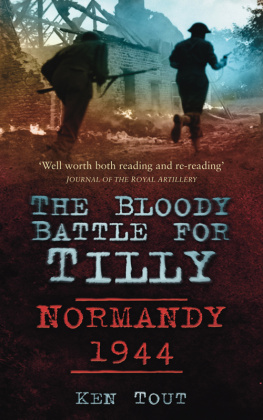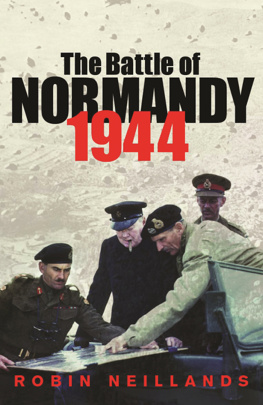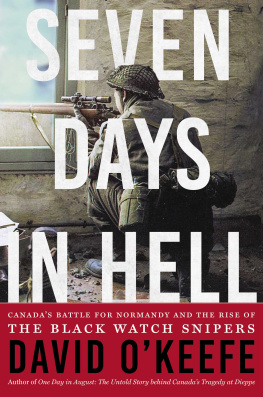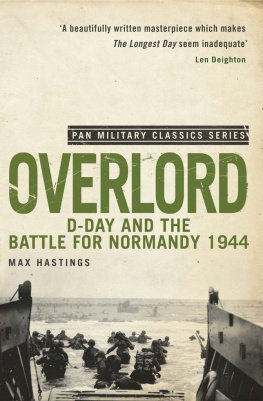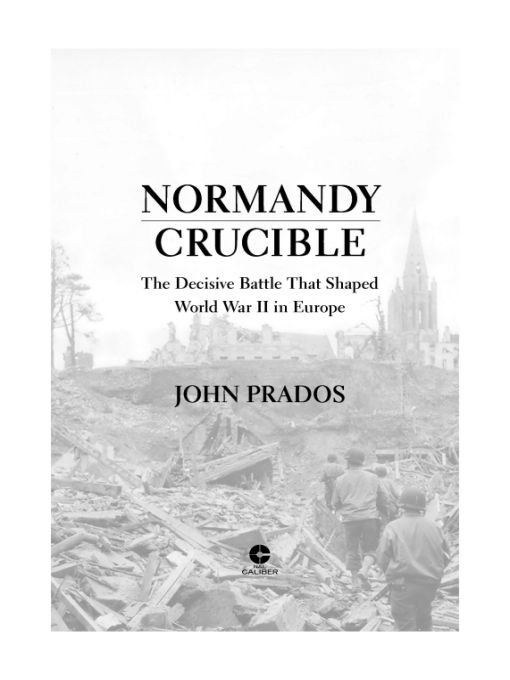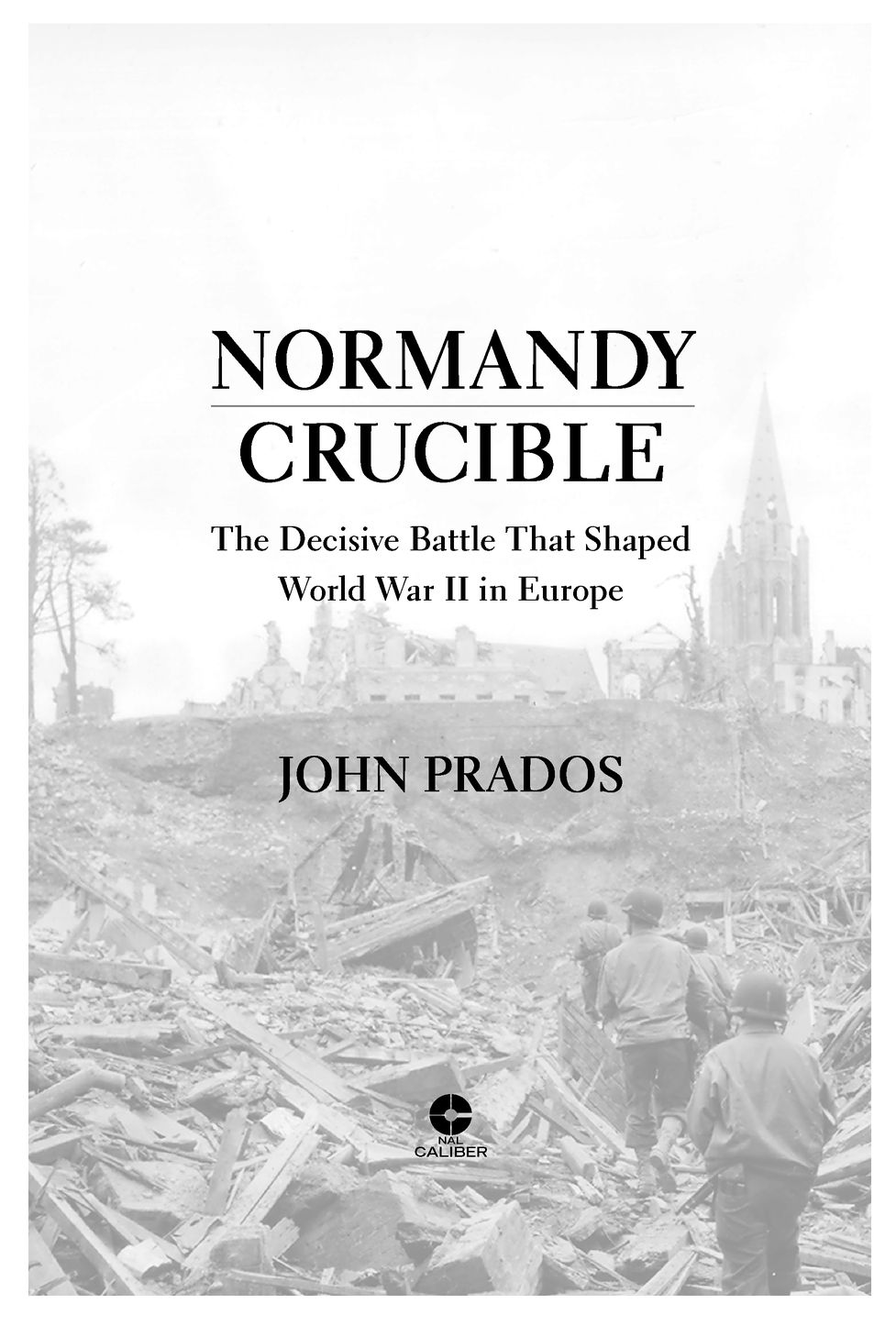Table of Contents
OTHER BOOKS BY JOHN PRADOS
William Colby and the CIA: The Secret Wars of a Controversial Spymaster
Vietnam: The History of an Unwinnable War, 19451975
Safe for Democracy: The Secret Wars of the CIA
Hoodwinked: The Documents That Reveal How Bush Sold Us a War
Inside the Pentagon Papers (written and edited with Margaret Pratt Porter)
The White House Tapes: Eavesdropping on the President (written and edited)
Lost Crusader: The Secret Wars of CIA Director William Colby
Operation Vulture
America Confronts Terrorism (written and edited)
The Blood Road: The Ho Chi Minh Trail and the Vietnam War
Presidents Secret Wars: CIA and Pentagon Covert Operations from World War II
Through the Persian Gulf
Combined Fleet Decoded: The Secret History of U.S. Intelligence and the Japanese
Navy in World War II
The Hidden History of the Vietnam War
Valley of Decision: The Siege of Khe Sanh (with Ray W. Stubbe)
Keepers of the Keys: A History of the National Security Council from Truman to Bush
Pentagon Games
The Soviet Estimate: U.S. Intelligence and Soviet Strategic Forces
The Sky Would Fall: The Secret U.S. Bombing Mission to Vietnam, 1954
To World War II veterans everywhere
INTRODUCTION
Some years ago I published a book, Combined Fleet Decoded, that reexamined the Pacific theater of World War II through the lens of U.S. intelligence, reanimating the story of how Japan had gone down to defeat. While researching that project I had the occasion to read the New York Times and Herald Tribune for the summer of 1944, because a key naval battle, plus the campaign for the Mariana Islands, had taken place at that time. The newspapers of those days were full of reporting on the D-Day invasion and Normandy campaign. D-Day inspired; the long, slow, inching battle through the Norman countryside infuriated; but then the sudden Allied breakout and liberation of France thrilled readers everywhere, except perhaps in Germany. In any case, my visit to the news of the time struck a chord because I had been raised on histories of World War II, including those of the Normandy campaign, and there was an oddity here.
In the histories I had read, including official histories, memoirs of the Allied field commanders, personal narratives, and campaign accounts, there were certain figures for the number of German soldiers taken prisoner in the Falaise Pocket, the encirclement of Nazi armies that took place as the Allies broke out of Normandy. Many of these studies, in particular the official histories and the campaign narratives, had been written years after the fact, in some cases decades, when the evidence was presumably all in. There were some new wrinkles later, most importantly the evidence of Allied code-breaking successes that emerged in the 1970s and 1980s, but nothing that changed the basic casualty reporting. What seemed odd to me in the 1990s was that the numbers for German prisoners and losses in the Falaise Pocket published by war correspondents within days of that August 1944 battle were the same as those that appeared in the later histories. How could Allied commanders have known that number at the time? Surely once prisoners were actually processed, and the dead buried, the count had to be more accurate. If confusion was such that deriving a solid figure never proved possible, what does that say about other Allied claims for the results of the campaign?
This project began as an effort to explore that question, and another. The second was to investigate an enduring mystery: Without doubt the outcome of the Normandy campaign was decisivea huge military disaster for Nazi Germany. Yet within a very short time the enemy army was back up and actively contesting the Allied advance toward the German frontier. How was it that amid catastrophe German combat power could regenerate with such rapidity? Somehow the foundations for the new forces had to have been preserved even within the calamity. These questions seemed related and susceptible to inquiry.
But as my work progressed, something else about the Normandy campaign became increasingly evident. I had not realized when simply reading the histories the extent to which this campaign affected the remainder of World War II. Let me put that differentlythe impact of German and Allied losses and changes in territorial control were real enough, and had been appreciated well enough, but the campaign had had other effects that are less well appreciated. Suddenly Normandy appeared to be a crucible for combat tactics and logistics techniques, and raised questions that drove subsequent strategic planning on both sides. Reframing the Normandy story to highlight those aspects seemed desirable. Normandy Crucible is the story of how and why that experience proved so formative, and it reconstructs the climactic Allied Normandy breakout from both sides of the hill.
It has been popular recently to frame history as memory and focus narratives at the level of individuals and their personal experiences. While there are, in fact, many individual stories in this book, my intent is not to focus primarily on memory. I have chosen instead to keep the lens on the Big Picture, because it is at that level that answers to the dilemmas of strategic plans and maneuvers must be sought. Individual stories are recorded not for their own sake but to illuminate larger aspects of the inquiry. It might have been possible to incorporate both levels of analysis into a longer book, but from the beginning the goal here was to create a short work that could still explore in depth. Let me hasten to add that the hardships, experiences, and achievements of all the men who fought in Normandy are important and worth recording.
Finally, one other aim of this book is to attempt a synthesis of intelligence history with combat narrative. In effectand some readers familiar with my work in that area may be surprised at thisat one level it is time to stop writing intelligence history. By that I mean that the moment has come, by dint of diligent research and reconstruction, that our knowledge of World War II intelligence matters has attained a level sufficient to retell the battle story while filling in the blanks. It is not that nothing is left to discover about intelligence, rather that studies in that area are attaining the level of minute detail without our having paused to reinterpret the overall history. For example, after multiple explorations of code breaking, historians are turning to deception activities, while still ignoringwith the exception of D-Daythe battles they influenced. The purpose of intelligence operations was to inform war strategy, and without examining their impact, larger questions remain unanswered.
Normandy Crucible attempts to do this for a critical passage of the war in Europe, just as Combined Fleet Decoded tried to achieve a similar synthesis for the war in the Pacific. Since the latter work appeared, the task of integration has progressed unevenly. In general, naval histories are more advanced than those of ground warfare. Some studies on the Pacific Theater, on North Africa, and on D-Day have integrated intelligence in some detail. For Northwest Europe in 19441945, however, despite the existence of a detailed British official history and a more popular study, the several dozen Normandy battle histories published since the mid-1990s have made little progress in providing a full picture. Reframing our previous understanding of the conflict, save for the exceptions, has hardly begun. This I believe is the next great challenge for World War II historians.



